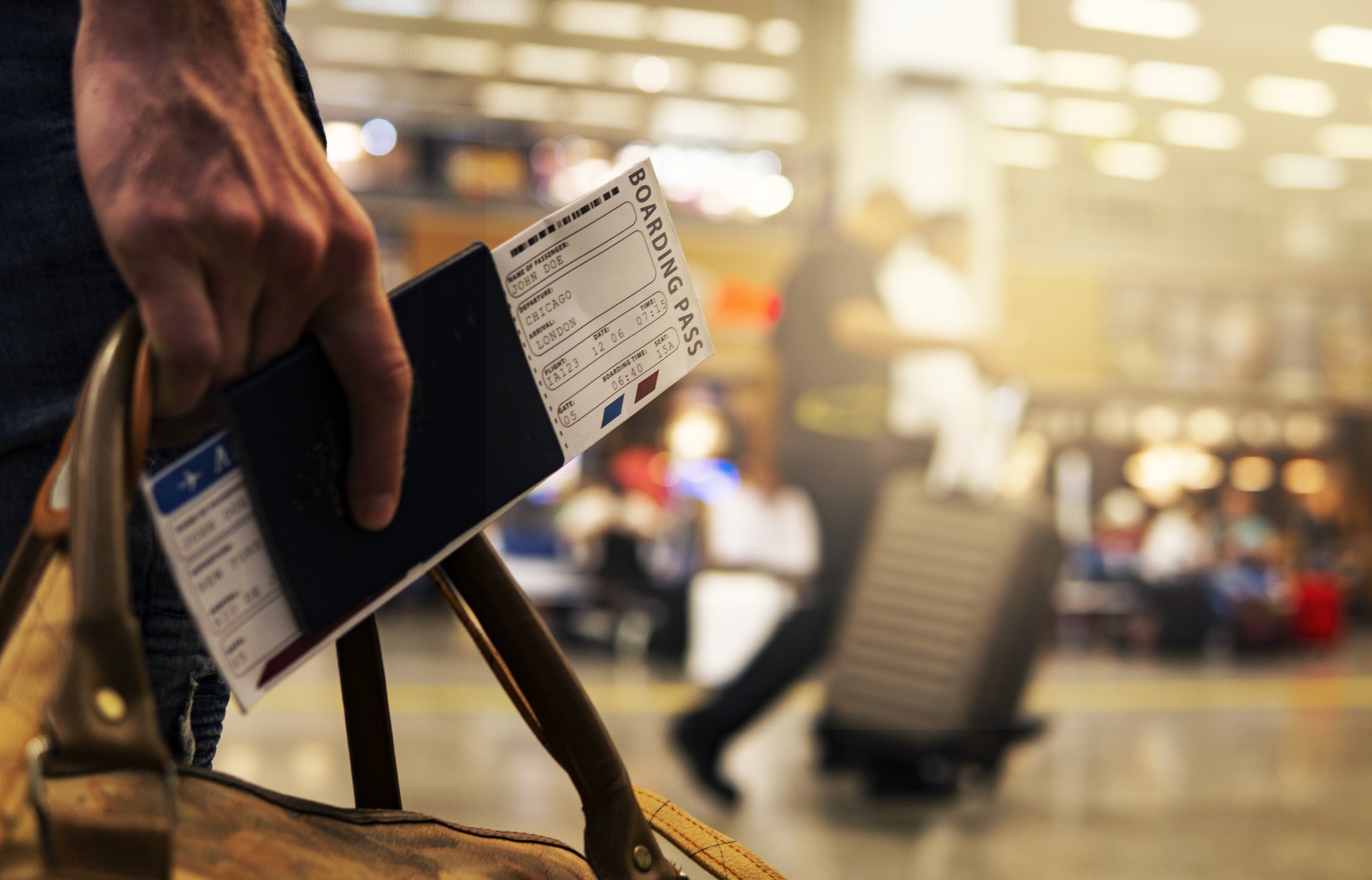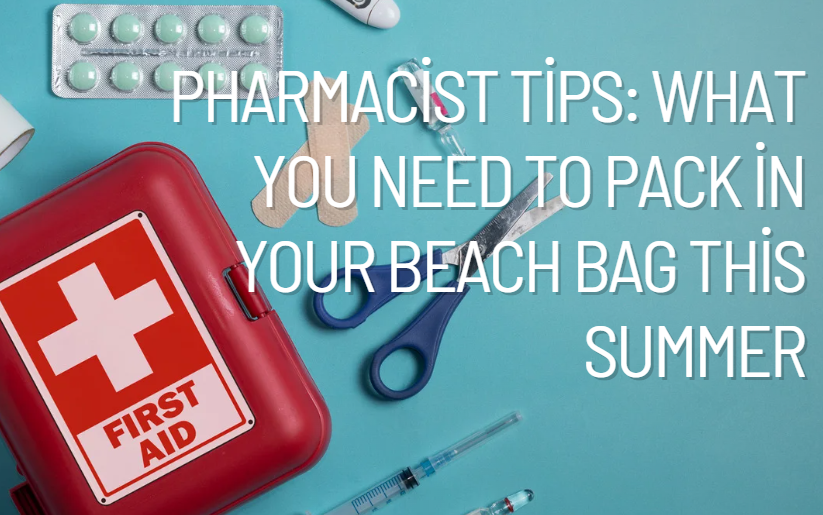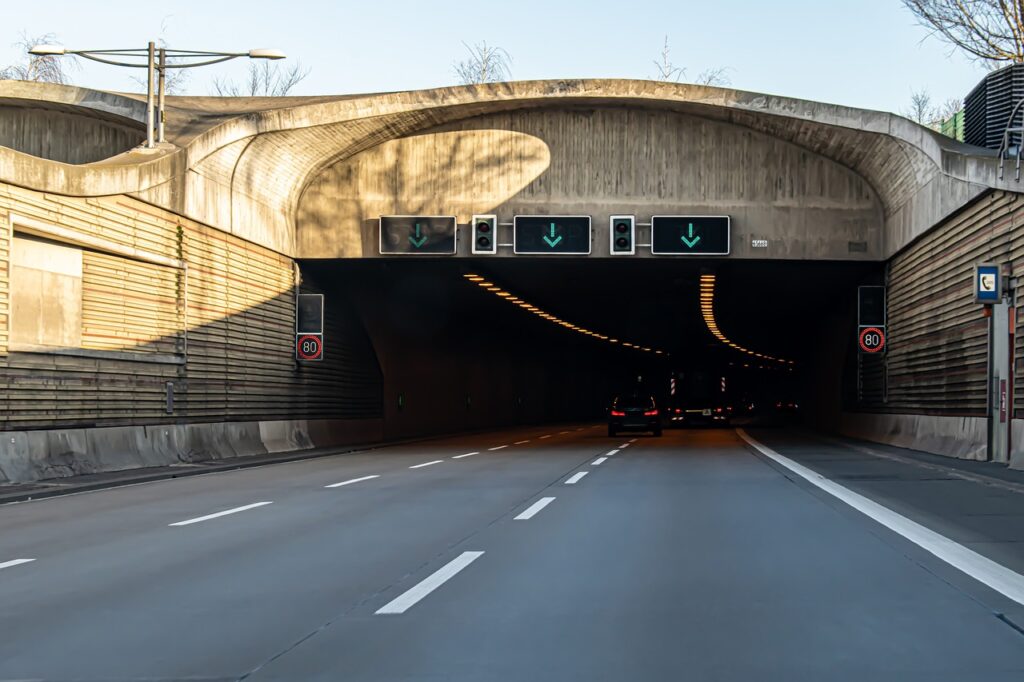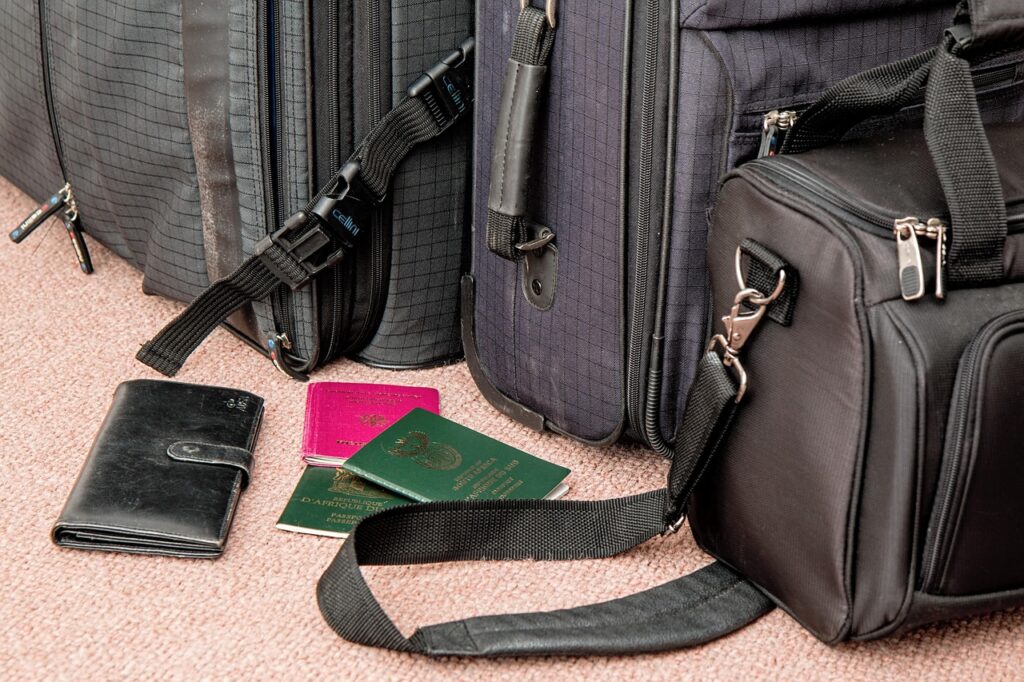The omicron wave is rolling: some countries have already reacted with strict measures such as the closure of stores and leisure facilities.
Travel is also becoming much more difficult. However, countries are affected differently by the Corona pandemic – and the rules in the fight against Covid-19 are also very different:
Germany: after being removed from the list of high-risk countries, entry from Austria is now possible upon presentation of 3G proof – vaccinated, recovered, tested. The proof requirement applies from the age of six.
Switzerland: everyone – including vaccinated and recovered – needs a negative PCR or antigen rapid test for entry. Unvaccinated persons must then take a second test. There are no quarantine regulations. Winter sports are possible with 3G. But in mountain huts, restaurants and at cultural events, 2G applies, i.e. admission only for vaccinated and recovered persons, but not for those tested. The establishments can voluntarily impose stricter regulations. This means: free access for people who have been vaccinated in the past four months; for the others, a negative test is also required. Masks are mandatory in public transport and indoors.
Netherlands: The Netherlands is in a hard lockdown to slow down the rapid spread of the Omicron variant. Stores, restaurants, schools, cultural and sports facilities are closed. Exceptions apply to supermarkets or pharmacies. At home, Dutch can onle accommodate a maximum of two guests, and at Christmas and New Year’s Eve, a maximum of four. Outside, too, only two people are allowed to be together. Otherwise, the distance rule of 1.5 meters applies and masks are compulsory in rooms open to the public.
Belgium: After record levels at the end of November, the number of infections is declining again. Nevertheless, the 14-day incidence was recently still well above 1,000. Corona measures have recently been tightened. Around 76 percent of Belgians have full basic protection, and a good 30 percent are boosted. Those entering the country from Germany must fill out a form online and be fully vaccinated or recovered. Alternatively, they can submit a negative test and be retested after one week. Restaurants must close at 11 p.m., and there is no exception on New Year’s Eve. The government recommends limiting social contact over the holidays and testing oneself. Indoor gatherings and events – except in private homes – are largely banned.
Denmark: ever new record levels of new infections, currently the highest incidence in the entire EU, and rapidly rising omicron numbers: Denmark is in a particularly difficult situation right now. The government has taken countermeasures by imposing strict restrictions in some areas, including the closure of cinemas, theaters, zoos and amusement parks. Discos are also closed. Entry is still possible for citizens with a permanent EU residence, but could be made more difficult. There are to be exceptions for border areas. Since Denmark was recently classified as a high-risk area, stricter rules also apply when returning to Germany.
France: Unvaccinated persons must present a negative PCR or antigen test no more than 24 hours old for entry. When visiting museums, restaurants or ski resorts, 3G applies. Those traveling by coach or long-distance train must also be recovered, vaccinated or tested within the previous 24 hours. If many people meet outdoors, masks are compulsory. For New Year’s Eve, the government is encouraging cities and towns to ban fireworks, concerts and alcohol consumption on public streets. There are no restrictions on private gatherings. Most recently, about 545 out of 100,000 people nationwide were infected within a week.
Italy: Anyone who wants to enter the country must comply with the testing requirement – even vaccinated persons. The government requires a negative PCR test with 48-hour validity or a rapid antigen test with 24-hour validity. Unvaccinated people must spend five days in quarantine. On Tuesday, authorities recorded about 30,800 new infections and more than 150 deaths. Refuges, restaurants, bars and theaters are open, though 2G applies indoors. In museums and closed ski lifts 3G applies. Also important is the division into zones: Some regions in the north, including Bolzano-South Tyrol, are in the Yellow Zone. This means: masks are compulsory even outdoors. This also applies in the city centers of Rome, Milan or Turin.
Greece: The obligation for travelers to Greece to show a negative test before travel remains. A PCR test may not be more than 72 hours old, and a rapid antigen test no more than 24 hours old. In addition, travelers are strongly advised to take a rapid test both two and four days after arrival. Given the risk of spreading the Omikron variant, the government has banned all public celebrations in cities during Christmas and New Year’s Eve.
United Kingdom: There are high hurdles for outbound and return travel there. Upon entry, one must prove a negative test and additionally book a PCR test upon arrival. Quarantine is mandatory until the result is available. Travelers from Austria have to isolate themselves even longer after their return: Because Great Britain is again considered a virus variant area, proof of vaccination or recovery and additionally a negative test must be presented. In addition, a ten-day quarantine obligation applies.
Turkey: Around 20,000 new Corona cases are currently reported there every day. Masks are compulsory in many public places. There are no official rules for private gatherings. Travelers using airplanes, long-distance buses and trains need proof of vaccination. The same applies to concerts, theaters and cinemas. For entry from Germany: 3G applies.
USA: In the United States, the Omicron variant is now dominant – the number of new infections is skyrocketing. Those wishing to enter from Europe need a current negative test. In addition, foreigners must also usually prove they have been fully vaccinated before they can fly to the United States. There are no restrictions on private meetings – even restaurants or stores are usually open.
Russia: Compared to November, the Corona situation has eased slightly. However, with around 25,000 new infections within one day, the largest country in the world in terms of surface area remains listed as a high-risk area. Every day, more than 1,000 people die. Nevertheless, there are no major restrictions – for example, for the upcoming celebrations at the turn of the year. In Moscow, for example, the Bolshoi Theater and the Tretyakov Gallery are subject to the 2G ban. Such proof is not required for travel within Russia. As of this week, PCR tests are only valid for two days instead of 72 hours.
Spain: The country has not yet tightened its entry requirements. Travelers from the EU must fill out a digital travel application. In addition, anyone over the age of twelve must present proof that they have been vaccinated twice (or once in the case of Johnson&Johnson), recovered or tested. A PCR test must be no more than 72 hours old, and a rapid antigen test no more than 48 hours old. In the country itself, the mask requirement is also to be reintroduced outdoors in the near future. In many regions, the 3G rule – vaccinated, recovered or tested – applies when entering restaurants and other recreational facilities. Only Catalonia has ordered a nighttime curfew, closing nightlife and limiting attendees at private gatherings, but still needs the green light from the judiciary. The Canary Islands also have restrictions on meetings at home.
Portugal: In principle, the same entry requirements exist there as for Spain. However, vaccinated persons must also present a negative test, which must not be older than 72 hours in the case of a PCR and 48 hours in the case of rapid antigen tests. Due to the rapidly increasing numbers of Corona, discos and bars will have to close from Saturday. In addition, the obligation to test when entering public indoor areas will be extended to hotels and guesthouses, among other places. On New Year’s Eve, even outdoors, a maximum of ten people are allowed to gather and not consume alcohol. Masks are compulsory in public indoor areas and on buses and trains.
- source: kurier.at/picture:
This post has already been read 1140 times!



